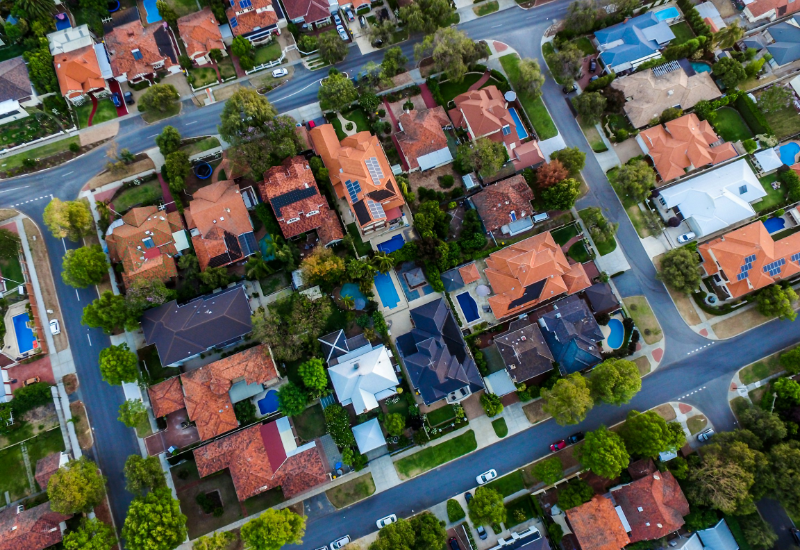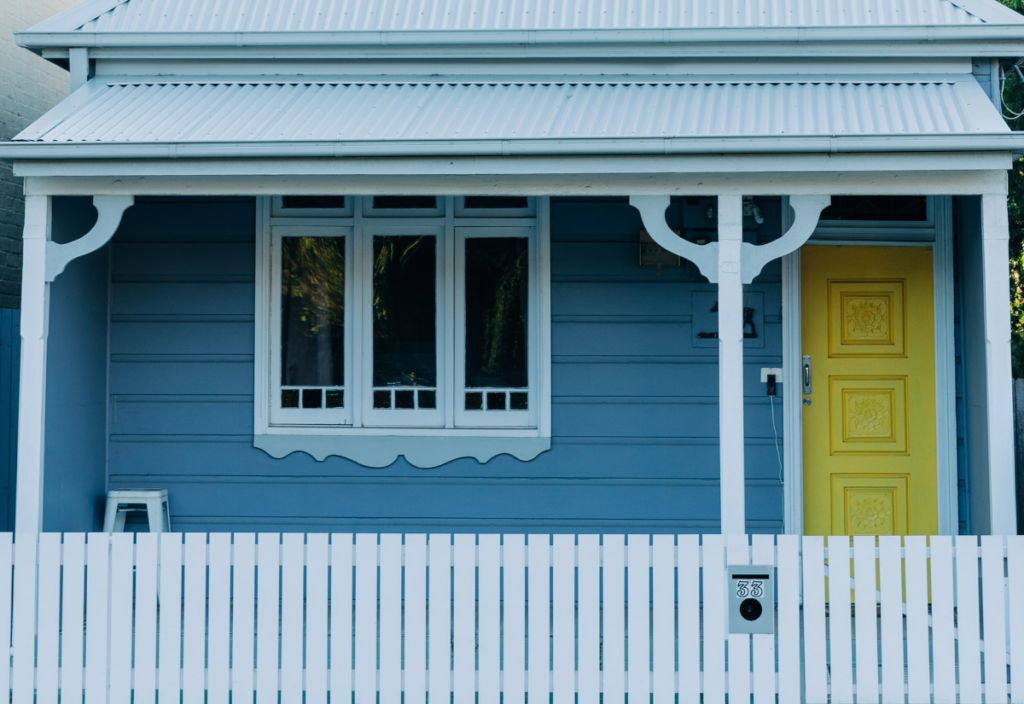As the federal election looms, there is an extraordinary silence about an issue that has profoundly distorted Australian society, dividing older and younger generations. That issue is outrageously high property prices.
The major political parties have for the last two decades half heartedly proposed failed policies, such as first-home buyers grants. But there has been no serious attempt to address the underlying causes.
Should a political party or movement decide to get serious about doing something it would be able to exploit what is arguably the biggest electoral opportunity in a century.
One of the main themes of the election is the rising cost of living. Yet there is no mention of the income disparities caused by the housing bubble.
According to the Australian Bureau of Statistics (ABS), average weekly housing costs are $493 for owners with a mortgage; $54 for owners without a mortgage; and $379 for renters. That inequity is heavily skewed towards younger generations, who have become the new underclass.
This election will be the first vote where Gen Z and Millennials (those born after 1981) outnumber ‘baby boomers’ at the ballot box. That will only intensify as the boomers die off. Failing to deal with the unfairness caused by high house prices will become increasingly unsustainable.
There is no lack of analysis of the problem. At the turn of the century, the median house price in Australia was about $150,000. By 2011, the median cost had risen to $500,000 and it is now about $1 million. Sydney, Melbourne and Adelaide are in the list of top 10 least affordable cities in the world. In Sydney, prices are 14 times annual income; in the other two cities they are 10 times annual income.
Older generations, who bought when prices were cheaper, have been the winners. More than three-quarters of baby boomers own their home, compared with just 24.3 per cent of Gen Z. Nearly half of the baby boomers have no mortgage, making it easy for them to become property investors and contribute to the excesses, and the investment activity occurs on a large scale.
About a fifth of Australia’s taxpayers (2.24 million) are in possession of 3.25 million investment properties.
Why has Australia been transformed from a relatively balanced economy to a $10.4 trillion property casino in which younger people are priced out of the housing market? The principal culprit is Australian banks, who have relentlessly fuelled the bubble. As banking analyst Gerard Minack comments:
“…the price of Australian housing is not determined by the demand and supply of housing. It’s driven by the demand and supply of debt.”
In the early 1990s, bank credit was about 40 per cent of GDP and the value of land about 100 per cent of GDP. Since then, bank lending has more than tripled and is now 140 per cent of GDP. Over the same period land values (not housing) also more than tripled. They have exactly tracked each other.
The problem could have been addressed by removing or restricting the excessively generous negative gearing tax regime (whereby losses on rental properties are tax deductible) and a 50 per cent reduction in capital gains tax after a year, which really sparked off the investment binge.
But Australia’s politicians did little, instead encouraging people to adopt a dubious strategy of losing money in order to gamble. With negative gearing, investors deliberately make a loss in the short term in the belief they will reap a bonanza in the long term.
Economist Saul Eslake, in a 2021 submission to a federal government inquiry into housing affordability and supply in Australia, encapsulated the political calculus:
“For all the crocodile tears which politicians of all persuasions routinely shed about the difficulties facing those wishing to get their first foot on the property ladder, deep down they know that there are far more people who already own at least one property (and who therefore have a very strong interest in policies which result in continued property price inflation) than there are who don’t … sadly, there’s no reason to think that political calculus is going to change.”
Eslake is surely correct about the politics, but the thinking he points to is deeply flawed. For somebody who owns a house, rising or falling notional prices have little effect on how they live. They may feel richer, but what matters is the relative price. If your house price falls dramatically, so will all the others, meaning that if you want to change your dwelling the cost of transferring will stay much the same.
People with big mortgages can end up with negative equity if house prices fall: have debt larger than the value of their home. But that, too, is only notional. They will still have somewhere to live provided they can serve the mortgage. The loss is only realised if you sell – in the same way that a loss in the share market only occurs if you sell.
The one-third of Australians who are renters will not be affected by dropping prices. A sharp house price fall would mainly affect those who exploited the tax system to gamble on property on the assumption that prices always rise. That is what needs to stop, not least because investment in land is inherently unproductive. Because Australians have gambled so heavily on it, there is a dearth of capital for more productive enterprises.
Removing the tax advantages can be achieved. The American equivalent of negative gearing was abolished by the Ronald Reagan administration in 1986. The United Kingdom’s equivalent was wound back by the David Cameron government in 2015. At the very least, removing or reducing the benefits for people who have more than one investment property would make sense.
There are other possibilities. One could look at debt-for-equity swaps. A mechanism similar to reverse mortgages could be considered to allow equity to change hands between parents and children. Or intergenerational transfers could be encouraged.
Under current legislation, parents who want to pass on money to their children to help them with housing are barred from receiving the aged pension for five years. That legislation could be withdrawn.
The central problem is not the supply and demand for dwellings and land availability, which it is often claimed. That cannot explain a more than tripling of house prices this century. The problem is not high immigration levels. These levels are a factor, but not the main one. And nor is the problem foreign investment.

The problem is the financialisation of the economy triggered by the banks. They have encouraged people to take on ludicrous amounts of debt using the property bubble they triggered to claim that it is an acceptable risk: a classic circularity.
Lord Acton famously stated:
“The issue which has swept down the centuries and which will have to be fought sooner or later is the people versus the banks.”
Australia’s version of that perennial battle is the housing market.
As interest rates rise throughout the West, and debt markets in Europe and the US reach breaking point, there will be more and more pressure on borrowers. When that happens, there is every possibility that Australia’s negative gearing casino will start to implode. If investors realise that they will not get their windfall gains, they will hurriedly head for the exit doors, given that the whole strategy is predicated on losing money.
At that point, perhaps housing will become more affordable. But don’t expect any sane policies from the major political parties, who have betrayed the younger generations.
Published 27 March 2025.
If you wish to republish this original article, please attribute to Rationale. Click here to find out more about republishing under Creative Commons.
Photo by Maximillian Conacher on Unsplash.





